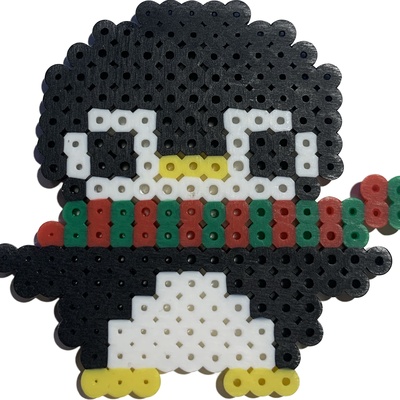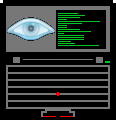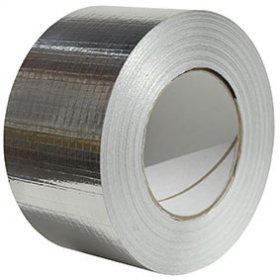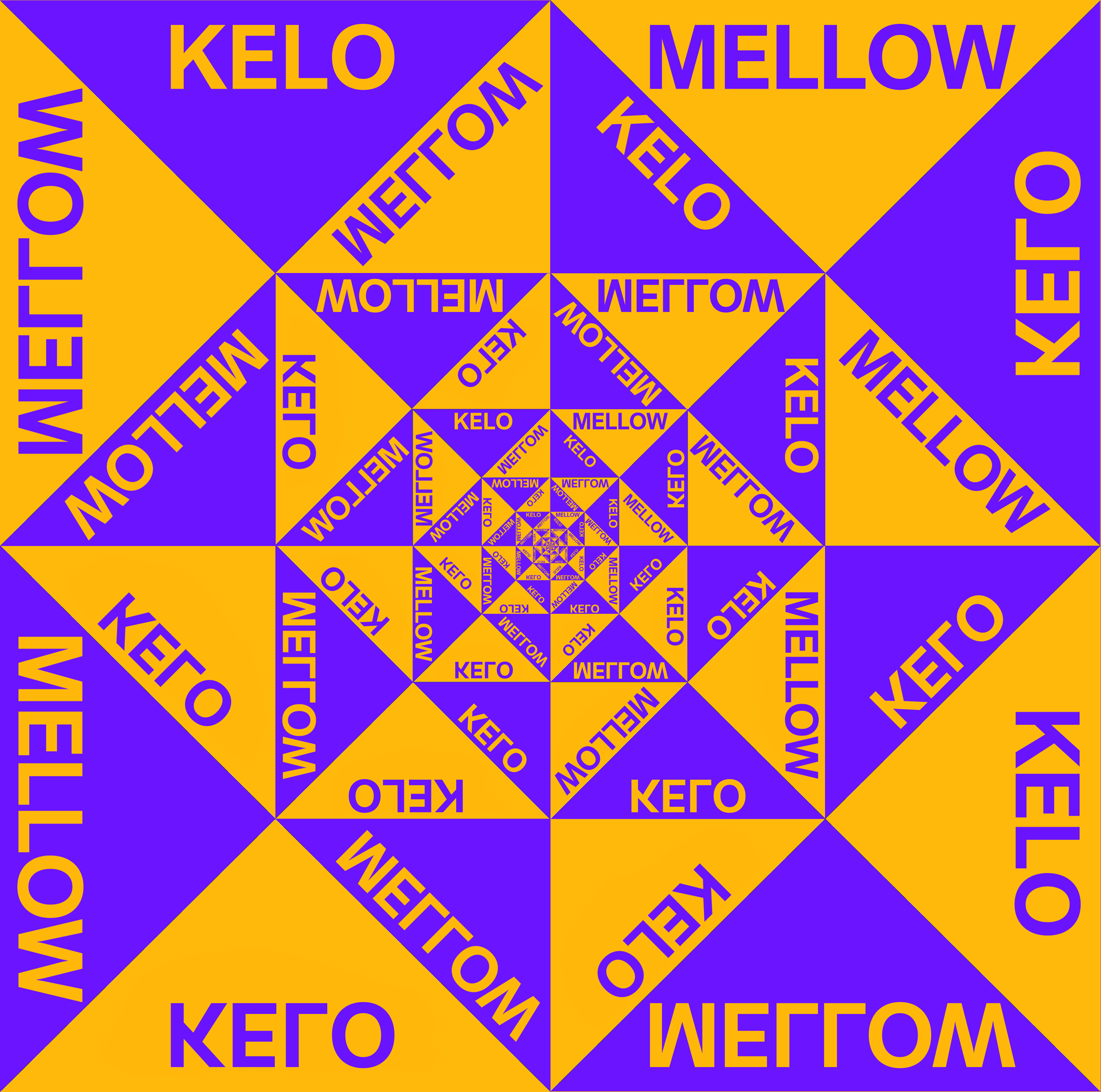Where should I mount my internal drive partitions?
As far as I searched on the internet, I came to know that
/Media = mount point for removable media that system do it itself ( usb drive , CD )
/Mnt = temporarily mounting anything manually
I can most probably mount anything wherever I want, but if that’s the case what’s the point of /mnt? Just to be organised I suppose.
TLDR
If /mnt is for temporary and /media is for removable where should permanent non-removable devices/partitions be mounted. i.e. an internal HDD which is formatted as NTFS but needs to be automounted at startup?
Asking with the sole reason to know that, what’s the practice of user who know Linux well, unlike me.
I know this is a silly question but I asked anyway.
In the past I’ve tended towards
/srv/*as most mounts end up being application specific storage.Though now it is all mounted as container volume storage.
I use /srv for all mu shared mounts for all the *arr’s
Isn’t
/srv/is for files from network or something ?container volume storage
What’s that ? 😅 Is that like LVM ?
/srv is for “site-specific data which is served by this system.”
How to interpret that is up to for debate, but it seems clearly to be “user files” as opposed to “system files”. “Served” is a bit ambiguous but I don’t think it really requires that it be made accessible with an application service.
Basically I’d treat this as a location to mount/store your non-personal data such as music, videos, etc that should be accessible to anyone using your system. It could be network-exported as well but doesn’t have to be.
/net is for files imported from the network.
Used to be an LVM group using the LVM docker volume driver. So every container volume became its own LV.
Now just a bunch of devices behind a btrfs volume mounted on
/var/lib/dockeror wherever.Thank you.
I create /data and mount my 2nd drive there using fstab.
I then mount /data/downloads under my user downloads folder so everything goes to my 2nd drive. That way I dont have to redownload anything if I redo my main drive.
I do a similar thing with ~/Pictures and ~/Music, which are symlinked to my NextCloud Sync folder on my much larger second drive. It’s good for saving space on my main drive, too, as those two folders contain a lot of data.
Is NextCloud a cloud service like GDrive or a sync service ? Does it have a free tier? 😅
It’s like GDrive - except way more involved, you can do a lot with it. Files, office suite, photos, email, the works. There are hosts out there with various price points I’m sure, but I self-host so I can’t give any info on pricing I’m afraid.
I think I should learn about self-hosting asap.
It’s a wonderful thing if you can get a hang of it. Though fair warning, it’ll eat all your time for a fair while getting it set up 😂
time for a fair while getting it set up
That’s a sacrifice I’m willing to make.
Also for some reason lemmy seems to rarely duplicate some comments. Now I’m seeing two of your same comment and two of my same reply.
If I had to guess that’s gonna be a quirk of ActivityPub, and should self-resolve in a little bit, but I’m not an expert so don’t take me at my word there. I have some experience self-hosting setting up my own homelab over the last 2-3 years - if you’d like some “getting started” conversation, feel free to send me a DM or contact me on Matrix @darohan:tchncs.de
Good idea bro.
I think tooling only cares for partitions. So /home and / are usually runtime-critical (can be on different disks or network storage), while internal data disks count as removable, since you can unmount their partitions.
My simple brain can’t understand it bro. 🥲
This is from times where Unix & co only ran on a corporate server and cubicle slaves accesed it via thin client. There was /home/alice-abbey /home/bert-branson on one disk of the server, ‘/’ root on another, with less storage and more performance. And often /usr on a third. While /-root has to be locally, everything else can be managed however you’re funny, even nfs shares. But historically, /mnt was for temporary mounts. I think the /run/user/usernane/diskname came up with xdg, it’s where graphical filemanagers find disks.
Thank you for the explanation.
that is what the
/srvmount point is for. I mount all my external HDDs from there./srvcontains site-specific data which is served by this system.https://refspecs.linuxfoundation.org/FHS_3.0/fhs-3.0.html#srvDataForServicesProvidedBySystem
That is for “Site-specific data served by this system” like /srv/www. Can mount anything anywhere of course.
Mount them where you need. Not
/mntand not/media. Maybe/varor its subdirectory, or/srv, or/optdepending on what kind of data you want to store on that partition.Not
/mntand not/mediaWhy though?
what kind of data
Just media files, downloads, images , music kinda stuff.
Why though?
The filesystem is organized to store data by its type, not by the physical storage. In DOS/Windows you stick to separate “disks”, but not in Unix-like OSes. This approach is inconvenient in case of removable media, that’s why
/mediaexists. And/mntis not suited for any particular purpose, just for the case when you need to manually mount some filesystem to perform occasional actions, that normally never happens.Just media files, downloads, images , music kinda stuff.
That’s what usually goes to
/home/<username>. Maybe mount that device directly to/home? Or, if you want to extend your existent/homepartition, use LVM or btrfs to join partitions from various drives. Or mount the partition to some subdirectory of/home/<username>, or even split it and mount its parts to/home/<username>/Downloads,/home/<username>/Moviesetc. So you keep the logic of filesystem layout and don’t need to remember where you saved some file (in/home/<username>/Downloadsor in/whatever-mountpoint-you-use/downloads).
Anything I add to fstab gets mounted in
/mntand removable drives get auto mounted to/media. Linux doesn’t care where you mount your drives, they can be mounted anywhere you want.Linux doesn’t care where you mount your drives, they can be mounted anywhere you want.
Thank You
/C:
You mean that you create folder in
/namedC:?or a joke maybe?
Seems like a joke. 🙂
I mean, wine does that with symlinks. But not on /, don’t run wine as root.
don’t run wine as root.
why? windows virus?
Yeah. And it’s a wrapper, stuff can happen. Not sure if it even works as root.
Thanks for heads up man
Permanent drives should be put wherever you want them to, for example I have mine mounted in
/ld1for Large Disk 1./mediais supposed to be used by systems to mount things you plug, but some systems move that to/var/run/mediaor other places./mntis there so you don’t have to create a folder in case you want to mount something really quick.Thanks man.
If I remember correctly mnt is for static media that you expect to always be present and media is for removable media which may come and go.
My Files, which are inside the partition mounted in /mnt/something has root as Owner. So When I try to move something to Trash, it’s not allowing me to do, Only perma delete. When saw properties it said owner is root.
Is it because mounted at /mnt?
Files under /media seems fine. and says it’s owner is ‘me’
You probably just need to chow. The directory
This makes sense.
Unless dictated by the particular data in the disks, /mnt is generally used for system managed volumes and /media is used for user managed volumes.
If you do something else, stick with it so you don’t get confused.
The best mounting position is
/booty.Thank You for suggestion. Gonna try that Tonight and have fun mounting loads of data.
IMO you should use LVM2 or one of the high level filesystems that have similar features, and then dynamically create partitions and mount them as needed. E.g. Suddenly need 50G for a new VM image? Make a partition and mount it where you need the space.
If I’m not wrong LVM is a method which joins all your disk into single storage pool.
Let’s say I stored data all across my LVM, now I remove one of the disks. What happen now?
You are correct, LVM combines 1 or more disks into 1 or more storage pools that can then be allocated out to logical volumes as needed.
If you just up and pull a disk from a pool (volume group), you’re gonna have a bad time. You can, however, migrate the “extents” allocated to that physical disk to another in order to replace the disk, and your logical volumes can be set up with RAID-like redundancy. There’s a lot of options on how to manage it.
Thank you for explaining.
No problem! To expand further, I am 99% certain it would be perfectly viable to have a single disk volume group and just take advantage of LVM’s ability to create, resize and delete virtual partitions on the fly. I think you could also put all your disks into a single volume group, then ask it to not spread your logical volumes across multiple disks, if you wanted to. Could get a bit fiddly though.
Mount your internal disks to
/D:,/E:,/F:, etc.🥇
I myself have separate
/Disksfolder where I mount all my internal disks on boot. Not sure how “standard” such setup is, but it helped me keep my NTFS and Linux disks tidy and out of my way. For what I know you can mount your drives anywhere you likeUse any you want. I’ve been mounting my internal secondary hard drive on /mnt for well over a year now and haven’t had any problems. Previously, I mounted it on
~/Storageand it also worked fine (though only because I’m the only user in my computer; dual-user systems would result in the other user being unable to access the hard drive).Thanks bro.









